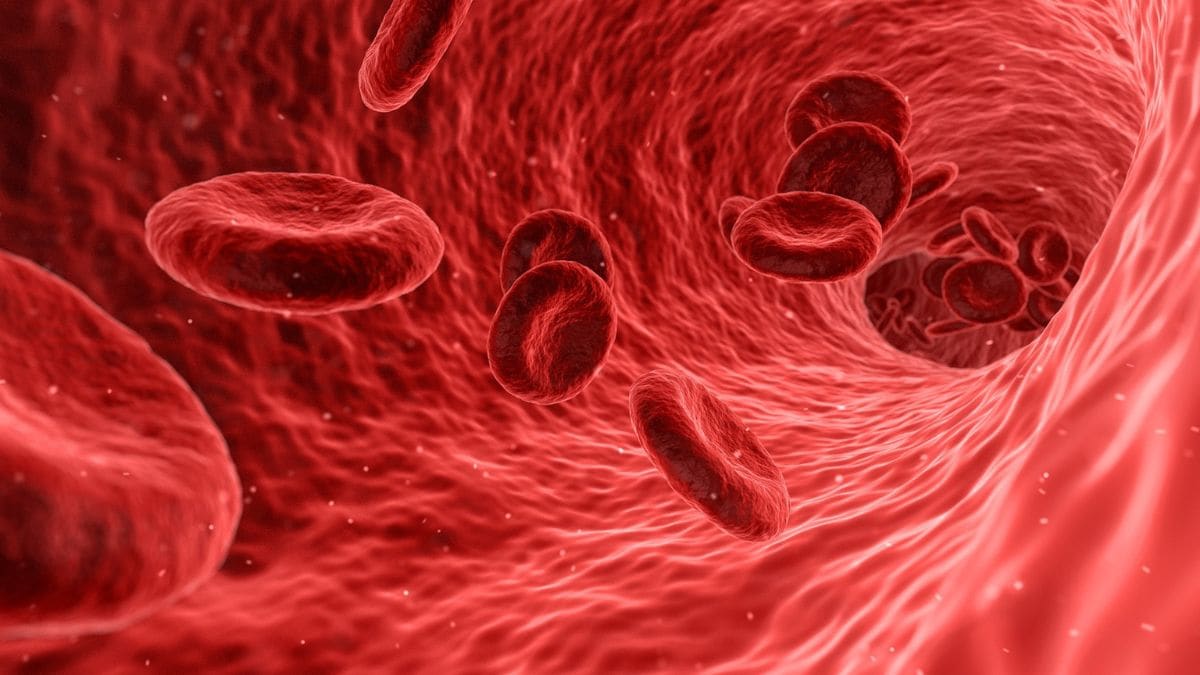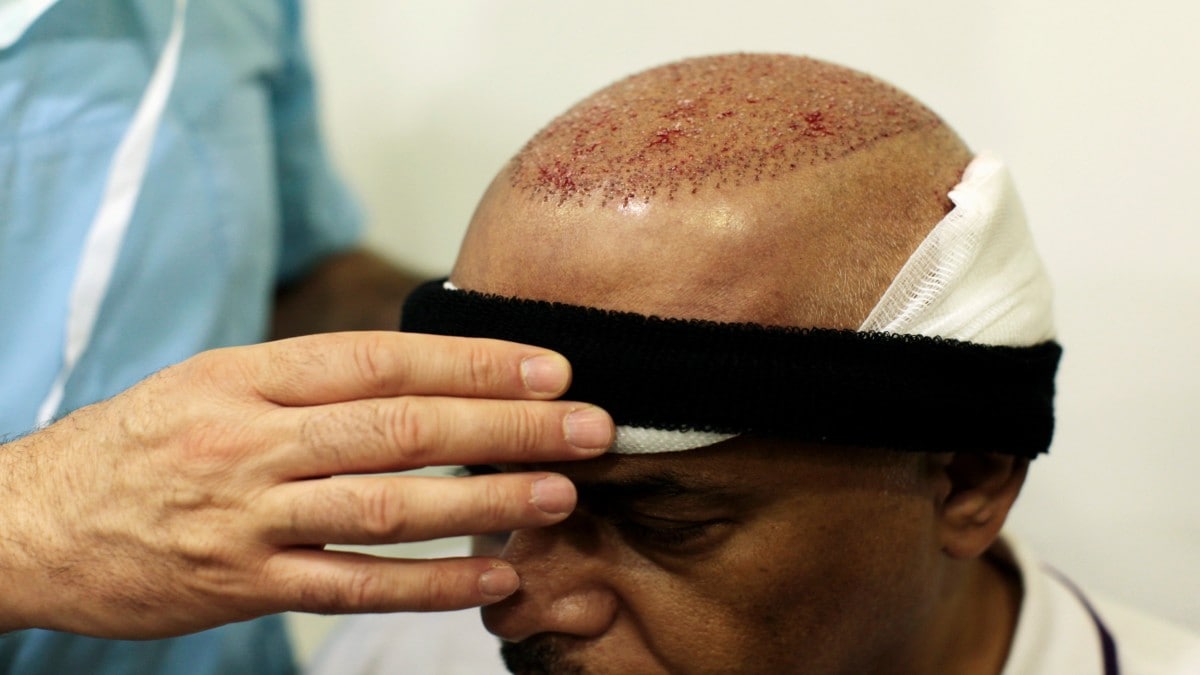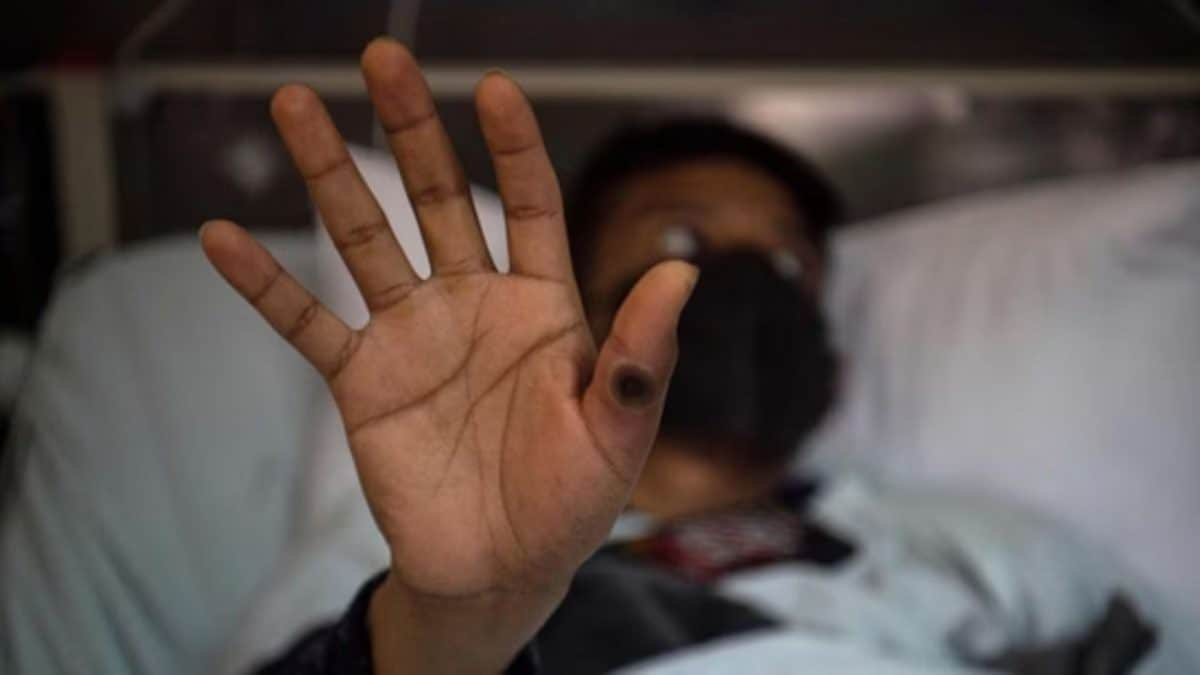A mosquito-borne virus, Eastern Equine Encephalitis (EEE), has been on the rise in the US. The disease has caused one death in New Hampshire and has also been identified in humans in four other states. The CDC reports that while Triple E is extremely rare, about 30 per cent of those infected with it die read more
)
The CDC reports that about 30 percent of those infected with EEE die, with death typically occurring 2 to 10 days after the onset of symptoms, or even later. Image for Representation. Reuters
A rare mosquito-borne virus, Eastern Equine Encephalitis (EEE), has become a cause of worry for health authorities across the United States.
On Tuesday, officials in New Hampshire announced the death of a healthy, 41-year-old man after he was infected with EEE, marking the state’s first human case in a decade and the fifth case of the virus in the US this year.
The incident has raised alarms, as mosquitoes in several areas of the northeast state are suspected to be carrying the virus, while surrounding areas, including neighbour Massachusetts, are now on high alert.
Let’s take a closer look at what makes this virus so dangerous and how it might continue to spread.
What is EEE?
According to the US Centers for Disease Control (CDC), Eastern Equine Encephalitis (EEE) is an extremely rare but potentially deadly infection transmitted through the bite of an infected mosquito.
The deadly virus can infect various animals, including horses, which are believed to be a primary host for the virus.
Dr. Céline Gounder, editor-at-large for public health at KFF Health News, explained to CBS News, “This is something that we see with many infectious diseases — that the host might be another animal, maybe a bat, which is what we suspect with COVID, for example, or with Ebola. But in this case, what we think is happening is horses, perhaps other animals are the host. Mosquitoes are biting them and then transmitting that infection to humans.”
While human-to-human transmission of EEE is extremely rare, those who do contract the virus face serious risks. The CDC reports that about 30 percent of those infected with EEE die, with death typically occurring 2 to 10 days after the onset of symptoms, or even later.
What are the symptoms?
Most people infected with eastern equine encephalitis don’t develop symptoms, but some can come down with fever or swelling of the brain.
According to the CDC, symptoms can also include, headache, vomiting, diarrhoea, seizures, behavioural changes an drowsiness.
About 95 percent of people who get the virus won’t have any symptoms, Dr. Rich, who is also the director of the New England Center of Excellence in Vector-Borne Diseases told The New York Times.
“Among the 4 to 5 percent that get infected and get the disease, only about a third of those people will get the most severe and awful version of the disease, which is the encephalitis,” he said.
EEE is diagnosed by observing symptoms and testing spinal fluid or blood, which can show if the virus or viral antibodies are present.
The EEE outbreak in the US
This year, at least five states in the US have reported cases of EEE. The majority of these cases are concentrated in Gulf Coast states, particularly in regions near freshwater bodies such as swamps and coastal areas.
In New Hampshire, the Department of Public Health announced earlier this week that an adult in Hampstead who tested positive for the virus has died. This marks the state’s first reported case since 2014, when three human cases, including two deaths, were identified.
The CDC has confirmed three additional cases of EEE this year, with reports coming from New Jersey, Vermont, and Wisconsin. Massachusetts is particularly active in its response to the outbreak.
Dr. Robbie Goldstein, the state’s health department commissioner, said in a press release, “We have not seen an outbreak of EEE for four years in Massachusetts. This year’s outbreak and activity raise the risk for communities in parts of the state. We need to use all our available tools to reduce risk and protect our communities. We are asking everyone to do their part.”
There have been around 115 cases of the virus in Massachusetts since 1938, when the virus was first identified, according to the state’s public health department. There was an outbreak in 2019 and 2020 that included 17 cases with seven fatalities.
According to the CDC, there are typically only a handful of human cases of the disease in the US each year, but the annual case count can vary.
Most cases are reported from July through October when infections peak during the summer months during mosquito season, but cases can continue into the fall depending on the region and climate, per the Cleveland Clinic.
How can it be treated?
Public health authorities stress that prevention is key when it comes to EEE since there is currently no specific treatment or vaccine available for humans.
Since there is no direct treatment for the disease, medical care focuses on managing symptoms and providing supportive care, such as administering painkillers to alleviate discomfort.
What are authorities doing?
To combat the spread of the virus, states are taking various measures.
In Massachusetts, for example, the town of Plymouth has closed public outdoor facilities from dusk to dawn to minimise the risk.
The state has also urged residents to avoid outdoor activities during peak mosquito hours.
Additionally, aerial and truck-mounted insecticide spraying is being conducted in several areas to control mosquito populations and reduce the risk of infection.
With input from agencies

 3 weeks ago
9
3 weeks ago
9


















)
)
)
)
)
)
)
 English (US) ·
English (US) ·